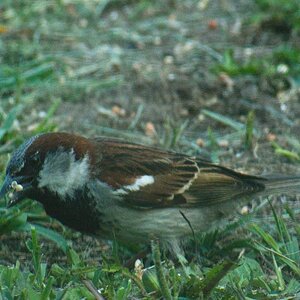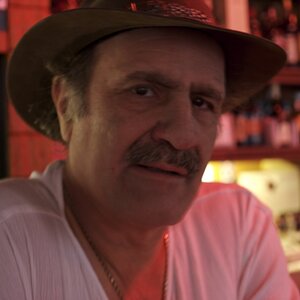Tinderbox (UK)
No longer a newbie, moving up!
- Joined
- May 1, 2010
- Messages
- 747
- Reaction score
- 120
- Location
- England
- Can others edit my Photos
- Photos OK to edit
Hi.
I was just messing with my new camera, see sig, i took a photo in very low light in my kitchen which is not very big and the camera slowed the shutter speed to 1/15 of a second, the flash is the camera`s built in one, i think the guide is only 7 at iso 200
Was the slow shutter speed because of the weak flash and the camera needed a longer exposure to get a accurately exposed photo, below is the exif data from the photo.
Thanks
John.
Make: FUJIFILM (Home | Fujifilm Global)
Camera: X-E1
Lens: 18-55mm F2.8-4
Software: Digital Camera X-E1 Ver2.20
Focal length: 18 mm (equiv. 27 mm)
Aperture: F2.8
Exposure time: 1/15"
ISO speed rating: 3200/36°
Program: Program AE
Metering Mode: Pattern
White Balance: Auto
Focus Mode: Auto
Noise Reduction: 256
Flash: Flash fired, auto mode
I was just messing with my new camera, see sig, i took a photo in very low light in my kitchen which is not very big and the camera slowed the shutter speed to 1/15 of a second, the flash is the camera`s built in one, i think the guide is only 7 at iso 200
Was the slow shutter speed because of the weak flash and the camera needed a longer exposure to get a accurately exposed photo, below is the exif data from the photo.
Thanks
John.
Make: FUJIFILM (Home | Fujifilm Global)
Camera: X-E1
Lens: 18-55mm F2.8-4
Software: Digital Camera X-E1 Ver2.20
Focal length: 18 mm (equiv. 27 mm)
Aperture: F2.8
Exposure time: 1/15"
ISO speed rating: 3200/36°
Program: Program AE
Metering Mode: Pattern
White Balance: Auto
Focus Mode: Auto
Noise Reduction: 256
Flash: Flash fired, auto mode


![[No title]](/data/xfmg/thumbnail/33/33437-e75ccdc53ab9428f2dd0218e568181b1.jpg?1619735969)

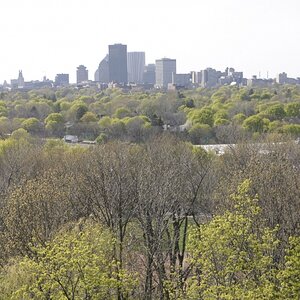

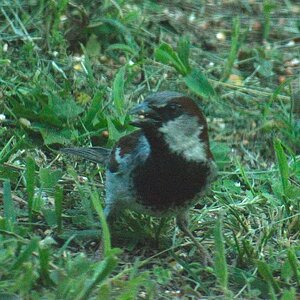
![[No title]](/data/xfmg/thumbnail/41/41423-156eb6e5a056cd1cbcf60e12a03f9d56.jpg?1619739809)
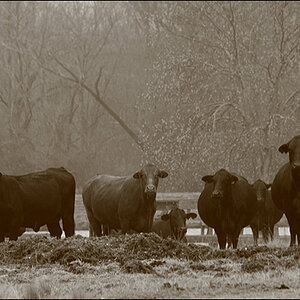

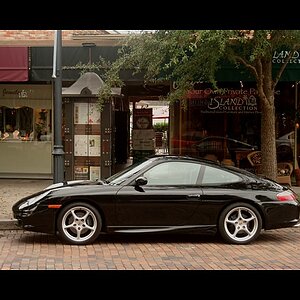
![[No title]](/data/xfmg/thumbnail/42/42021-ffc326f5dc5b4c65ce53935e6e9e4338.jpg?1619739980)
